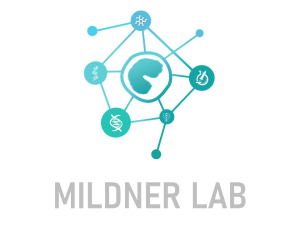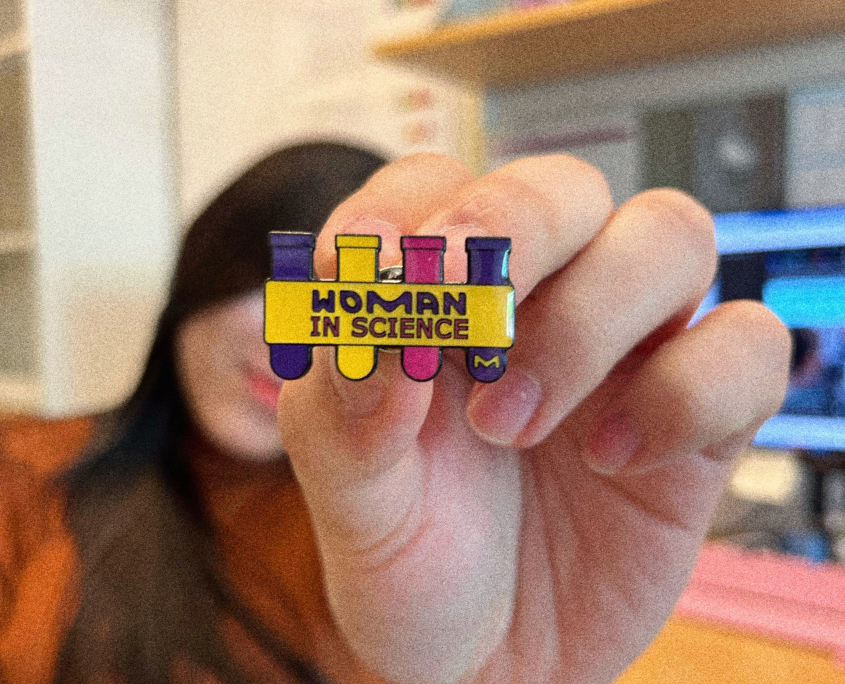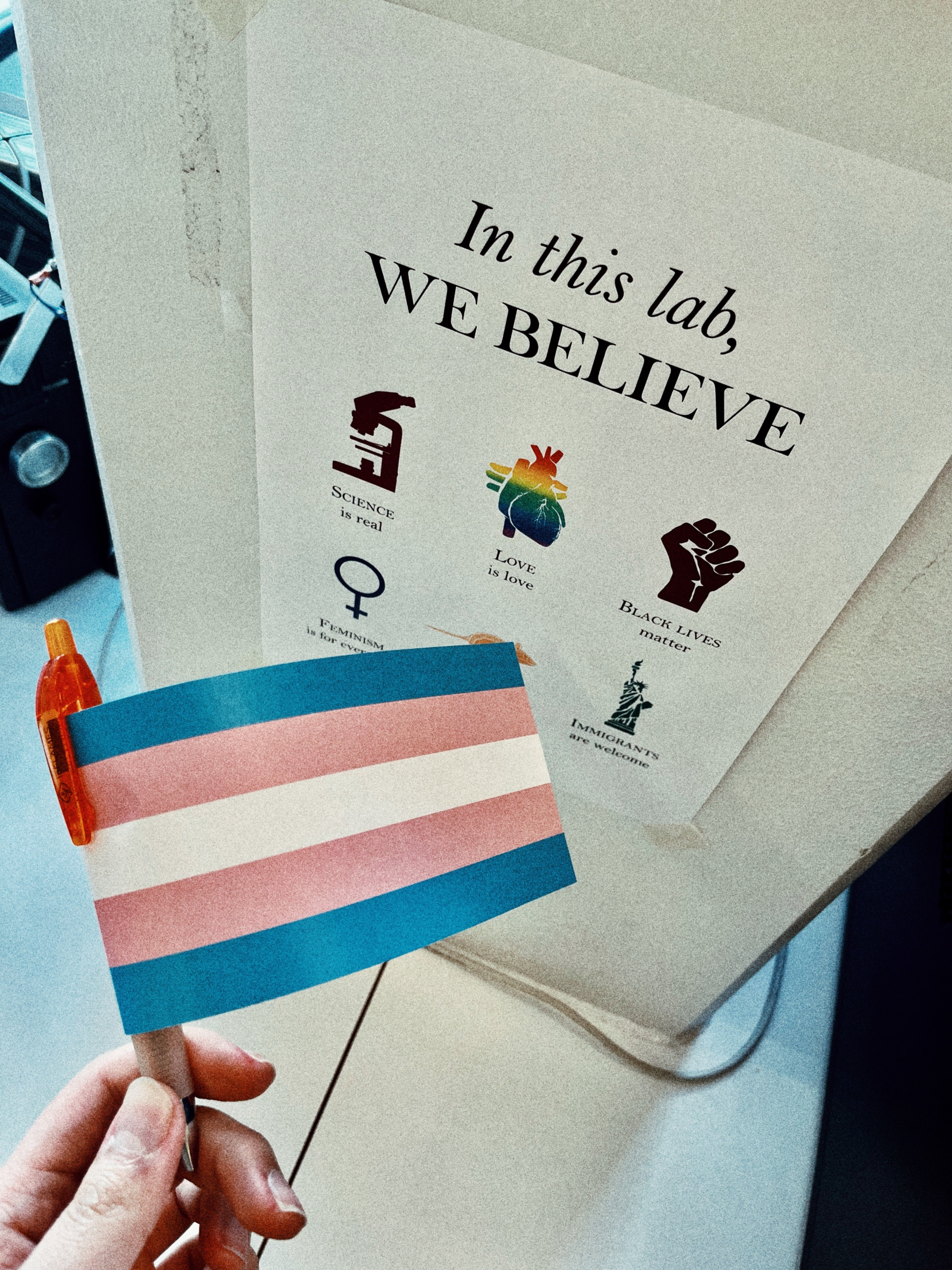Happy International Trans Day of Visibility!
As we come to the end of this year’s Women’s month, it is important to recognize and celebrate the contributions of trans people to various fields too, including science. My name is Ae and I am a first-generation graduate student from the Philippines. I did my Master’s in Taiwan and I moved here in Finland last year to pursue a PhD in Neuroimmunology. As a trans woman, I am very proud to be part of the scientific community and to represent the transgender community in Immunology!
I am grateful for my supportive supervisor who has created a safe space for me to work and express myself. He has also guided me towards various opportunities and given me the liberty to speak my opinions. I appreciate that he has given me the freedom to decide for myself, all of which has helped me become more visible in academia as a trans scientist.
However, not all trans researchers have the same privilege or are as lucky as I am. Discrimination against trans individuals in the workplace is still prevalent, also in science. Based on the report of Human Rights Campaign Foundation & American Physical Society (2019), only about 10% of the LGBTQ+ physical scientists identify as trans—a minority in a minority indeed. And it is sad to know that still, about 32% of the trans physical scientists experience exclusionary, intimidating behavior, or harassment because of their gender identity according to a study by the Royal Astronomical Society and Royal Society of Chemistry (2019).
In the same study, they have also reported that 28% of LGBTQ+ respondents reported considering leaving their jobs due to discrimination. About half of this percentage were trans with almost 20% of them considering this often.
Certainly, the discrimination and lack of representation in academia have led many trans scientists to leave the academe. So, what can we do to improve the situation for trans scientists? Firstly, institutions and individuals in positions of power must commit to creating a safe and inclusive environment for LGBTQ+ individuals. This can be done simply by talking about it and then by implementing policies and procedures that protect against discrimination and harassment. Most folks do not know transgender people personally and if we don’t talk about it, it can be more challenging to be in touch with what is really happening and prioritize issues that they feel disconnected to. Additionally, education and awareness-raising programs can help foster a culture of acceptance and inclusivity. Moreover, allies can play a vital role in supporting trans scientists. By listening to our experiences and advocating for us, allies can help create a welcoming environment for trans scientists in academia. Finally, LGBTQ+ scientists can also seek out support networks, both within their institutions and outside of them, to connect with other LGBTQ+ individuals in science and share their experiences. We all can learn from each other!
Our experiences as trans scientists in academia are diverse, and many still face discrimination and barriers to success. However, with the support of allies and institutions committed to creating a welcoming environment, we can help create a more inclusive and accepting scientific community for all individuals, regardless of their gender identity or sexual orientation. As we celebrate International Trans Visibility Day, may we also remember those who lost their lives both to this fight and as victims of transphobia. They are our motivation to continue in this battle. If you’re trans, a scientist, and you’re reading this right now, don’t be afraid to speak up! You are taking up space because you are capable and don’t let anyone tell you otherwise.




